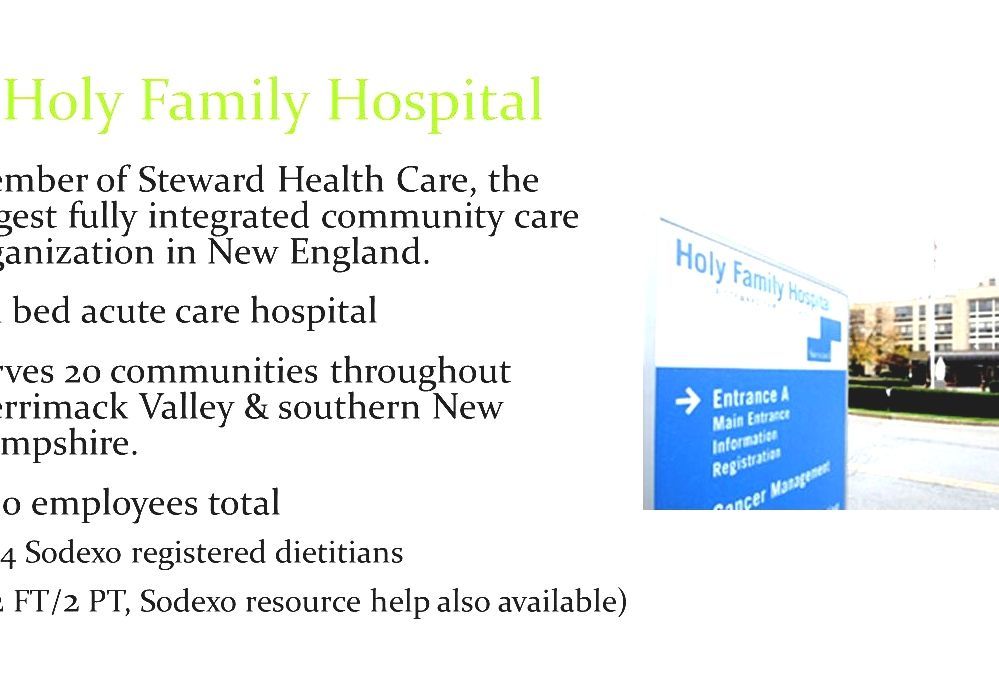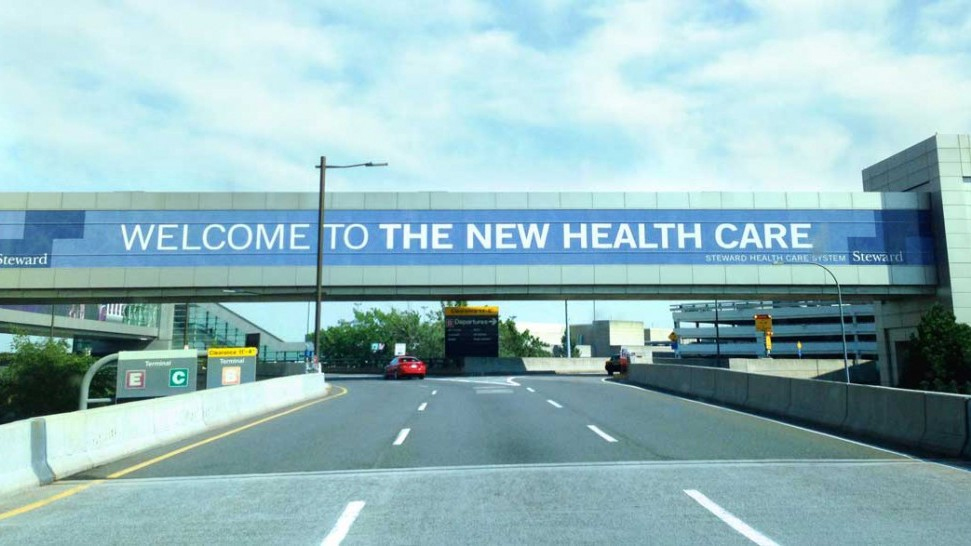
In other words, the inflationary environment gives the rental cash flow a permanent boost. The cash lease rate, the cost to occupy the space commonly stated as a dollar amount per square foot of space per year, will be permanently increased “in any year in which the inflationary escalator exceeds the minimum contractual escalator”. There are automatic rent escalators built into the contracts, and rents go up every January, andĢ. In addition, in the slide below, MPW reminded investors of two important facts about its business model:ġ. In the slide above, management took pains to illustrate the resilient nature of MPW’s rental cash flow. Medical Property Trust (MPW) manages hospitals, and the nature of hospitals, unlike other REITs like shopping malls or industrial, is that they are a critical part of any community.

We manage our business as a single business segment.“ Our business model facilitates acquisitions and recapitalizations, and allows operators of healthcare facilities to unlock the value of their real estate assets to fund facility improvements, technology upgrades, and other investments in operations.Īt September 30, 2022, our portfolio consisted of 437 properties leased or loaned to 55 operators, of which six are under development and four are in the form of mortgage loans. We also make mortgage loans to healthcare operators collateralized by their real estate assets.įrom time-to-time, we may make noncontrolling investments in our tenants, typically in conjunction with larger real estate transactions with the tenant, that give us a right to share in such tenant’s profits and losses and provide for certain minority rights and protections. We acquire and develop healthcare facilities and lease the facilities to healthcare operating companies under long-term net leases, which require the tenant to bear most of the costs associated with the property.

and selectively in foreign jurisdictions. We are a self-advised REIT focused on investing in and owning net-leased healthcare facilities across the U.S. Our tenants operate in the healthcare industry, generally providing medical, surgical, rehabilitative, and behavioral health care to patients. “ Our revenue is derived from rents we earn pursuant to the lease agreements with our tenants, from interest income from loans to our tenants and other facility owners, and from profits or equity interests in certain of our tenants’ operations. We will examine the possible thesis-breaking arguments that threaten the dividend, study the FFO forecasts done by analysts who follow Medical Properties Trust, establish if these forecasts may hold up (or not) in different scenarios, and examine management’s stewardship of Medical Properties Trust before coming to our valuation and conclusion.įAST Graphs Analyze Out Loud Video on Medical Properties Trues Overview of Investment Thesis Mission-Critical Nature of the BusinessĪccording to the 2021 10K (pages 30 and 31) on the revenue sources and business model, In this article, we shall examine the investment thesis of Medical Properties Trust from the point of view of an Income Investor. It will be an understatement to say that investors both long and short this stock are interested in it. The average of 2 articles per month between January 2021 to January 2022 increased more than 3x to an average of 7 articles per month between February 2022 to 17 February 2023. Now, much ink has been spilled over Medical Properties Trust (MPW) since 2021. If they wish to profit from their stock award, MPW has to do well.

Trust MPW’s management to do right by shareholders because its self-interest is highly aligned with shareholders and the betterment of the company.MPW is so undervalued right now that the downside exposure is limited, while the upside is far greater, thanks to management’s efforts to address concerns by reducing exposure to Steward.MPW can comfortably pay dividends at the 2022 rate even if 50% of Steward’s hospitals get into trouble and are unable to pay 50% of the rent.



 0 kommentar(er)
0 kommentar(er)
